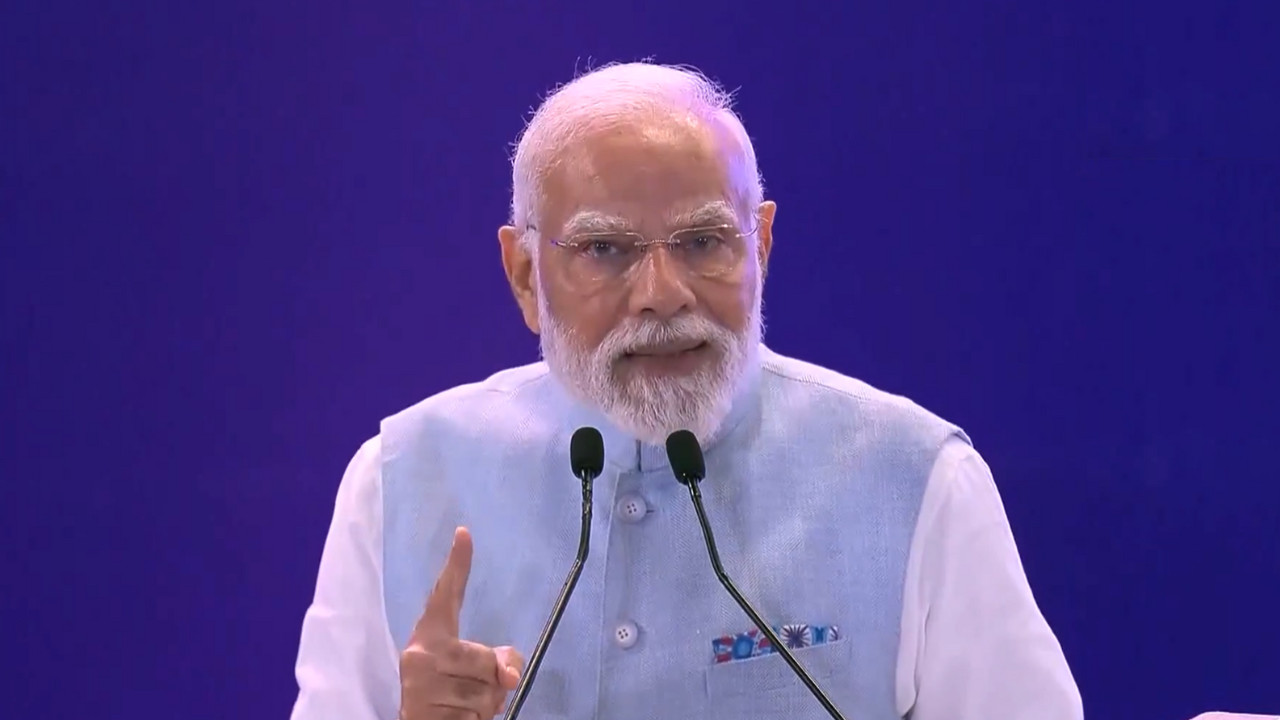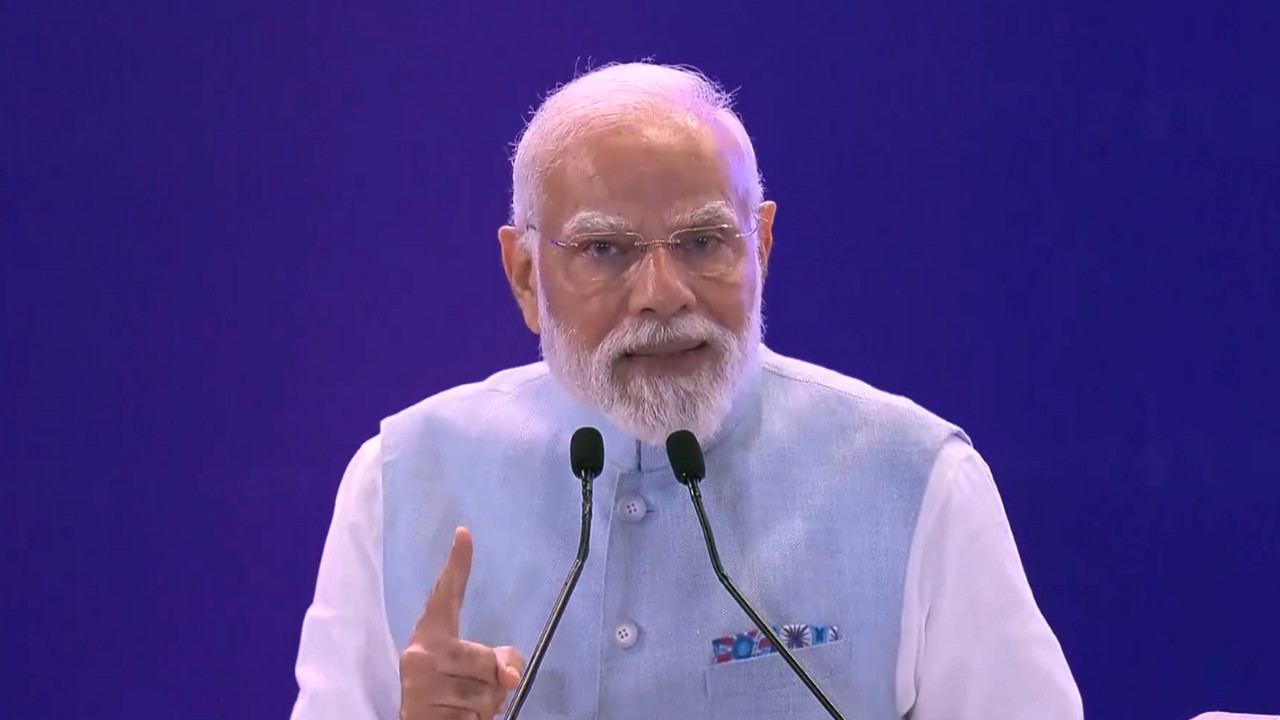Bajaj Auto’s consolidated net profit witnessed a 10% year-on-year decline, reaching Rs 1,802 crore in Q4, primarily due to reduced domestic sales. While the company’s net profit for the same period last year was Rs 2,011 crore, total revenue from operations saw an increase, climbing to Rs 12,646 crore during the quarter.
Bajaj Auto’s Q4: A Speed Bump on the Road to Growth?
Alright, let’s talk Bajaj Auto. Their Q4 results are in, and they’re… well, a bit of a mixed bag. While they’re still cruising along, the road wasn’t quite as smooth as it might have been. The bottom line? A 10% dip in profit, landing them at ₹1802 crore for the quarter. That’s a noticeable shift from the ₹2000+ crore they were pulling in last year. So, what’s the story behind this slight deceleration?
The immediate culprit, as Bajaj themselves pointed out, is the currency volatility and inflationary headwinds they’ve been battling. Think about it: when the rupee throws a wobbler, it makes exporting and importing components a whole lot trickier and more expensive. It’s like trying to ride a scooter with a flat tire – possible, but definitely slower and more effortful. And inflation? That bites into everyone’s margins, from the manufacturer to the end consumer.
But let’s dig a little deeper than just blaming external factors. While global economics certainly played a role, there’s likely more under the hood. The competitive landscape in the two and three-wheeler market is getting increasingly crowded. We’re seeing a surge of electric vehicles entering the fray, both from established players and exciting new startups. This means Bajaj, like everyone else, is needing to work harder to maintain its market share and attract new customers.
On the revenue front, things look a little brighter. Bajaj Auto managed to pull in a revenue of ₹11,485 crore for Q4, which is actually a decent 13% jump year-on-year. This suggests they’re still selling a good volume of vehicles. But the fact that revenue increased while profit decreased tells us that the cost of doing business is going up. It screams pressure on margins.
And speaking of sales, one area where Bajaj is really revving up is exports. They’ve consistently been a strong exporter, and that trend seems to be continuing. This is a smart strategy. Diversifying their market base helps insulate them from fluctuations in the Indian economy. Plus, Bajaj has a solid reputation internationally, particularly in markets across Africa and Latin America, where their durable and affordable two and three-wheelers are a hit.
However, even the export story isn’t entirely without its wrinkles. Global economic uncertainty is a persistent beast. A slowdown in key export markets could put a damper on Bajaj’s ambitions in the long run. So, while exports are a strength, they’re not a guaranteed safe haven.
Now, let’s talk strategy. Bajaj Auto isn’t just sitting back and watching the world change around them. They’re actively investing in new technologies, particularly in the electric vehicle space. Their Chetak electric scooter has been making waves, and they’re likely planning on expanding their EV portfolio in the coming years. This is crucial. The future of transportation is undoubtedly electric, and companies that fail to adapt will be left in the dust.
The challenge for Bajaj, and for all traditional automotive manufacturers, is to navigate this transition effectively. They need to balance their existing business with the need to invest in and scale up their EV operations. It’s a delicate balancing act, requiring careful planning, shrewd investment, and a willingness to embrace new technologies and business models.
Looking ahead, the next few quarters will be crucial for Bajaj Auto. They’ll need to demonstrate that they can effectively manage costs, maintain their market share in a competitive environment, and continue to drive growth in their export markets. And, of course, they’ll need to show that they can successfully transition to the electric vehicle era.
So, while the Q4 results might represent a slight stumble, they don’t necessarily spell disaster. It’s more like a temporary speed bump on the road to long-term growth. The real test will be how Bajaj Auto responds to the challenges ahead. Can they adapt, innovate, and continue to deliver value to their customers and shareholders? Only time will tell, but one thing’s for sure: the road ahead is going to be an interesting ride. They need to keep their eyes on the road, their hands on the handlebars, and their foot on the accelerator if they want to stay ahead of the pack. The electric revolution is here, and the race is on!
📬 Stay informed — follow us for more insightful updates!







